The Inauguration
TR is one of four men inaugurated outside of the...
As a young boy, Theodore Roosevelt was sickly and sometimes struggled to breathe. Yet, he grew up to be one of the most influential men in the world. Read more about his remarkable journey below.
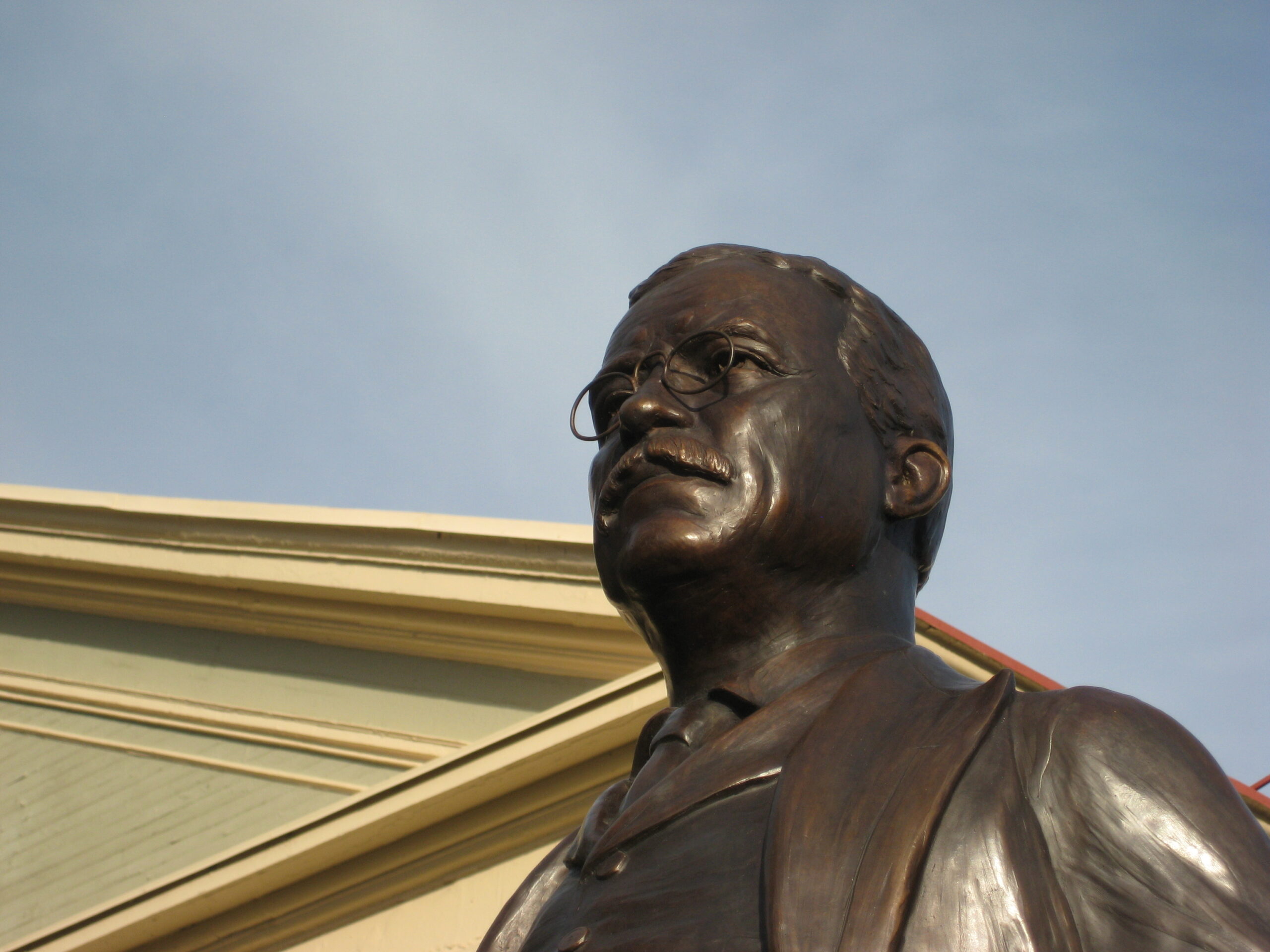
Theodore Roosevelt was born in New York City on October 27th, 1858. His father (Theodore Roosevelt, Sr.) was a New York merchant and philanthropist while his mother (Martha “Mittie” Bulloch Roosevelt) was a Georgia-born Southern belle. Called “Teedie” by his family, young Theodore was the second of his parents’ four children.
As a boy, Teedie suffered from asthma. To escape his health problems, he turned to books. He spent hours in the family library, reading about wild animals, hunting trips, and faraway places. When he was seven, Teedie created the “Roosevelt Museum of Natural History.” It was opened in the family parlor and admission was one cent.
Theodore Sr., however, was worried that Teedie “had the mind but not the body.” He encouraged his son to “make his body” by exercising in a home gym. Gradually, young Theodore grew stronger.
Theodore entered Harvard University in the fall of 1876. He initially studied natural science but switched to history and government after the death of his father two years later. Theodore was an industrious student who read, wrote, and debated extensively. He graduated cum laude in 1880 and shortly afterward married his college sweetheart, Alice Hathaway Lee.
In 1881, Roosevelt won his first political office as a New York State Assemblyman. During his three years in the Assembly, Roosevelt was known as a progressive reformer who aligned himself with Democratic Governor Grover Cleveland.
Meanwhile, although Roosevelt’s political career was moving forward, his personal life presented him with heartbreaking challenges. On February 12, 1884, his daughter, Alice, was born. The joy of that event was soon overshadowed by a double tragedy. His mother died of typhoid two days later, and within a few hours his beloved wife died of kidney failure. Overwhelmed by grief and shock, Roosevelt left Baby Alice with his sister and headed for the Dakota Territory.
The solitude and ruggedness of the West both comforted and hardened Roosevelt. He arrived there something of an outcast but slowly earned a reputation as an experienced cattle driver. Two harsh winters ultimately forced Roosevelt to sell his land and cattle. The experience, however, had a lasting effect on him. He later wrote that he could not have become president without it.
Roosevelt returned to New York in 1886, refreshed and renewed. He married his childhood friend, Edith Kermit Carow, and the couple moved to Sagamore Hill in Oyster Bay, New York. Though it would not become a permanent residence until his retirement, Sagamore Hill was always considered “home” to the Roosevelts. Five children were born over the next ten years: Theodore Jr., Kermit, Ethel, Archibald (“Archie”), and Quentin. His daughter Alice also came to live at Sagamore Hill.
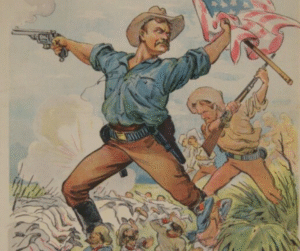
TR Site Collection (2016.001.010)
In 1889, Roosevelt was appointed U.S. Civil Service Commissioner by President Benjamin Harrison — a position he used to fight patronage and corruption.
Six years later, Roosevelt found a new challenge as president of the New York City Police Board. Roosevelt earned a reputation for the midnight raids he conducted, which caught policemen sleeping, drinking, and accepting bribes while on duty.
In 1897, a newly-elected President William McKinley appointed Roosevelt as Assistant Secretary of the Navy. One year later, the battleship Maine exploded in the harbor at Havana, Cuba. Pre-existing tensions between the United States and Spain escalated. Two months after the Maine incident, war was declared. Seizing this opportunity to serve his country in a time of war, Roosevelt resigned his position and raised a volunteer cavalry regiment to fight in Cuba.
The First Volunteer Cavalry Regiment, better known as the Rough Riders, was recruited from Roosevelt’s own personal acquaintances. The bulk of the regiment was composed of Ivy League graduates, western ranchers, Native Americans, as well as New York City businessmen and policemen. After training in Texas and Florida, the Rough Riders were finally ordered to Cuba. Ironically, there was no room on the ship for the regiment’s horses. The Rough Riders thus became an infantry unit. After weeks of waiting, Roosevelt and the Rough Riders had their first chance at battle when they took Kettle Hill from the Spanish. Roosevelt called this victory “the greatest day of my life.” By the end of August, the regiment was home and its leader was hailed as a hero.
Almost immediately, Roosevelt was nominated as the Republican candidate for governor of New York State and easily won the election in November, 1898. New York Republican Party boss Thomas Platt believed he could control the new governor’s policy despite Roosevelt’s reputation as an independent reformer. Platt soon learned that he was mistaken.
By 1900, Platt and the other Republicans wanted Roosevelt out of New York and maneuvered to have him nominated on the Republican national ticket as vice president, a position in which they believed he could do no harm. Roosevelt reluctantly accepted and was elected with McKinley in 1900.
TR was sworn in as William McKinley’s Vice President in March of 1901 and quickly found himself wishing for “a more active position.” In May, he traveled to Buffalo, New York, where he presided over the official opening of the Pan-American Exposition.
Less than four months later, TR returned to Western New York, after President McKinley was shot by an assassin on the grounds of the Exposition. TR spent several days at the home of his friend, Buffalo attorney Ansley Wilcox. Following McKinley’s death in the early morning hours of September 14th, Theodore Roosevelt was inaugurated — in the library the Wilcox home — as the 26th President of the United States.
Roosevelt called his domestic policy the “Square Deal” and sought to treat all Americans fairly. Early in his presidency, he invited Booker T. Washington to the White House, becoming the first president to entertain an African-American as his official guest. A coal strike the following year prompted Roosevelt to take an unprecedented step and threaten a government takeover of the mines. This action forced the mine owners to negotiate with labor and brought about a peaceful settlement. Roosevelt continued his crackdown on big business using the Sherman Anti-Trust Act to break-up huge corporate monopolies. He also took on the meatpacking industry, initiating legislation designed to clean up unsanitary conditions. Roosevelt went head to head with the logging and mining industry over the preservation of natural resources, eventually saving over 125 million acres of land.
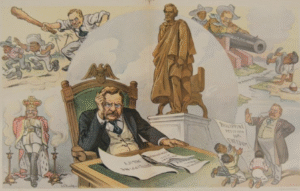
TR Site Collection (2015.001.006)
In foreign affairs, Roosevelt ensured that the United States’ role as a world power would continue and grow. Convinced that a canal linking the Atlantic and Pacific Oceans was necessary for the nation’s security and economic development, Roosevelt took bold steps to ensure that the Panama Canal would become a reality. When war erupted between Russia and Japan in 1905, Roosevelt brought leaders of the two nations to the United States to work out a peace treaty; his efforts were recognized the following year, when he became the first American to be awarded the Nobel Peace Prize. In another demonstration of American strength and good will, Roosevelt dispatched a fleet of sixteen new battleships on a worldwide tour. Because the ships had been painted white, they became known as the Great White Fleet.
Although he had been re-elected in 1904, Roosevelt chose not to run four years later. He hand-picked his successor, William Howard Taft, and helped ensure his victory. After leaving the presidency, Roosevelt pursued his longstanding interests in reading, writing, and travel. In 1909, he and his son Kermit departed for a scientific expedition in Africa, to bring back specimens for further research.
Disappointed that Taft had failed to follow through on the initiatives that he held dear, Roosevelt decided to run for the presidency in 1912. Unable to wrest the Republican nomination away from Taft, Roosevelt formed the Progressive, or Bull Moose, Party. In a hotly contested election, both Roosevelt and Taft lost to Democrat Woodrow Wilson.
Two years after his defeat, Roosevelt embarked on another adventure. Once again accompanied by his son Kermit, Roosevelt led an expedition to find the headwaters of a little known river in Brazil. Weakened by illness and injury, Roosevelt almost died on the trip. He returned much thinner and older in appearance, never to fully regain his health.
With the outbreak of World War I, Roosevelt campaigned for the strengthening of national defenses in the event that the United States became involved. His request to form another volunteer regiment was denied by President Wilson. However, Roosevelt’s four sons fought in the war; in 1918, his youngest son Quentin was killed in France. Six months later on January 6th, 1919, sick with illness and grief, Theodore Roosevelt died in his sleep at Sagamore Hill. He was 60 years old.
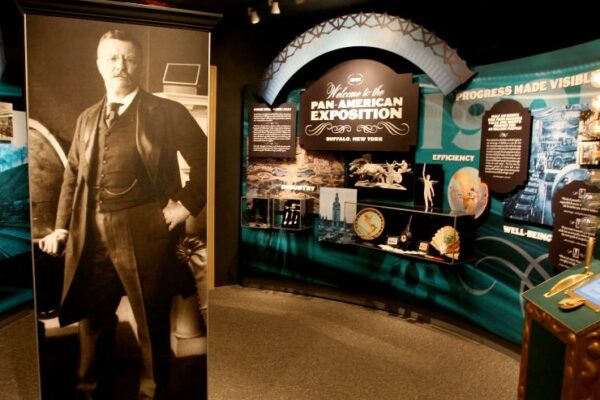
TR is one of four men inaugurated outside of the...
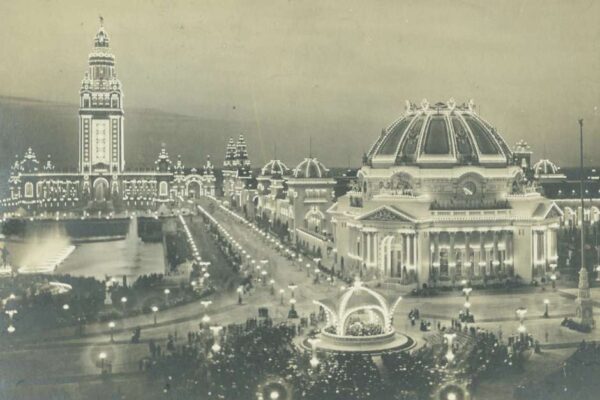
Buffalo's 1901 world's fair drew 8 million visitors from all...
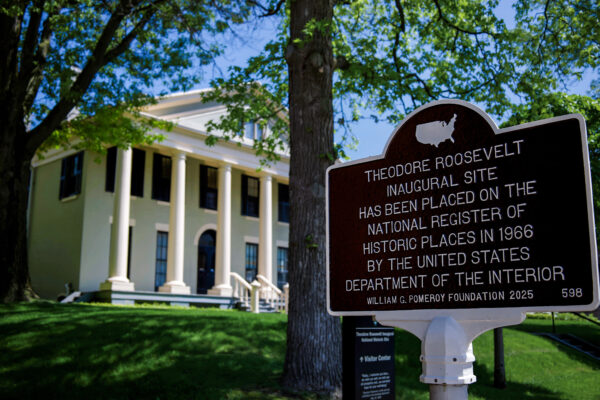
Explore nearly 200 years of history by tracing the evolution...
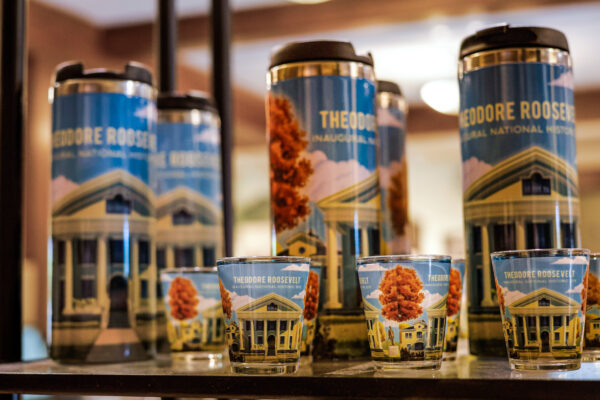
Answers to the most common questions about the TR Site.